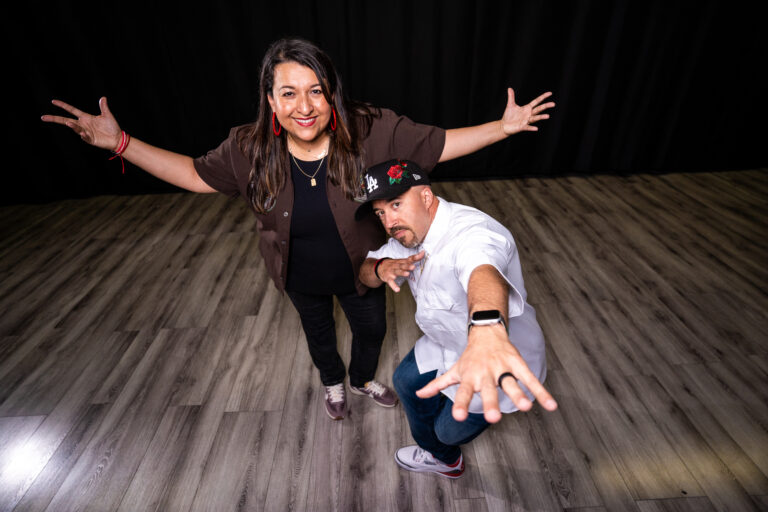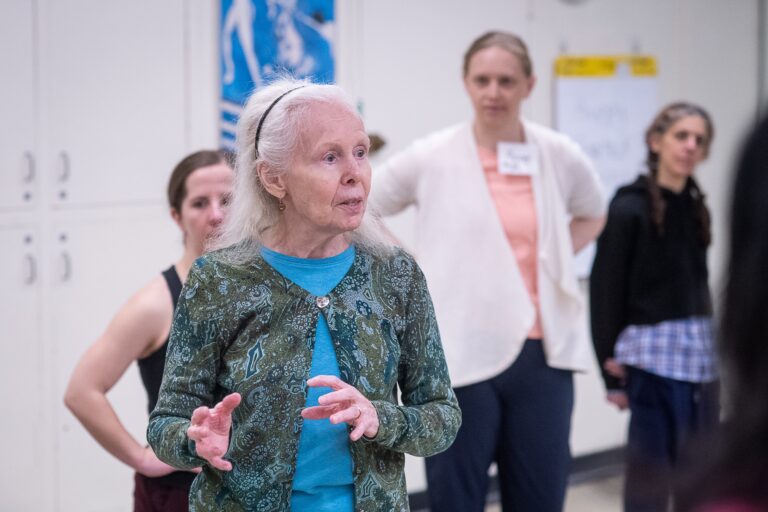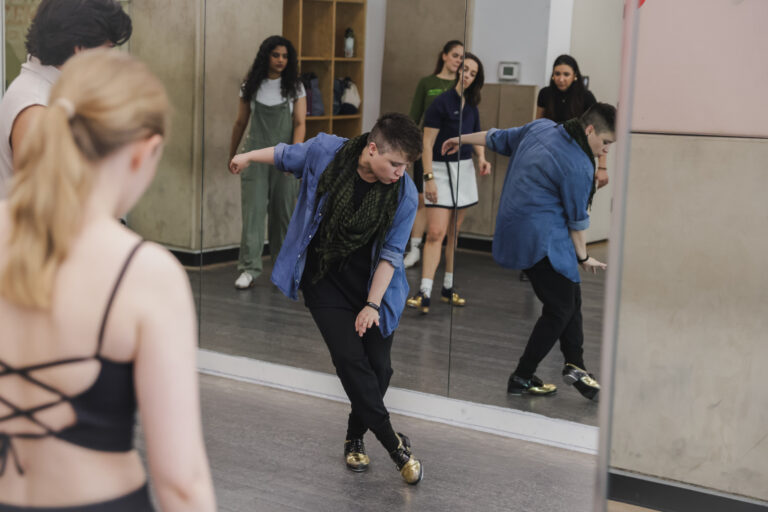
The 2023 Dance Teacher Awards will take place on Thursday, August 10 at the Sheen Center for Thought & Culture in New York City, and you’re invited! Click here to buy tickets.
Irene Dowd brings the teaching of anatomy to dancers into motion. As a teacher of functional and kinesthetic anatomy and neuromuscular reeducation, perhaps most notably as a member of The Juilliard School’s dance faculty for 28 years, and the author of the seminal Taking Root to Fly: Articles on Functional Anatomy, she has influenced generations of dance professionals. Dowd has transformed the field by applying a choreographer’s mindset to her subject, expanding dancers’ worlds through an embracing of all movement and the illumination of the profound complexity of any action, whether it’s an intricately choreographed phrase or simply walking down the street.
“All movement is useful for something,” says Dowd. “I don’t reject any movement; it may show up in the choreography you will learn next.”
That spirit of open-heartedness permeates all of Dowd’s “choreographies,” intricately designed teaching sequences that she “created as fine-tuning and conditioning warm-up dances.” Although each of her choreographies has a specific mission, they are artfully and cleverly put together so that they are fun and interesting to perform. According to Dowd, this artfulness has a purpose: “Dancers are more likely to want to learn it and enter the fullness of it.”
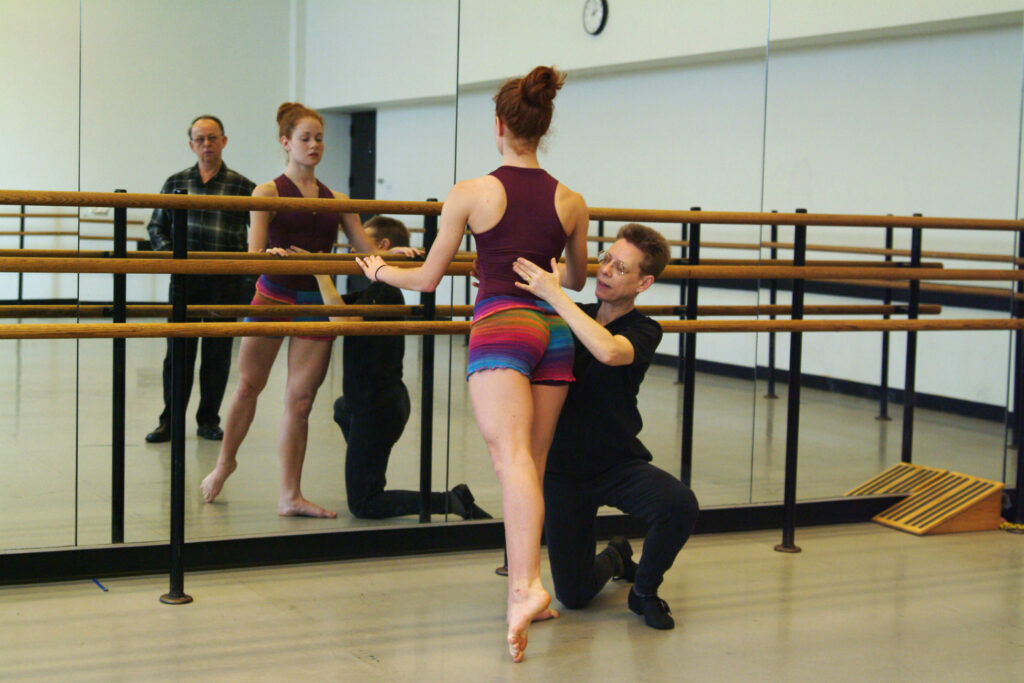
A native of San Francisco, Dowd earned her BA in philosophy from Vassar College. Her distinguished journey at Juilliard includes her time as a student from 1968–70, assisting legendary movement scientist Lulu Swiegard from 1969–72, and serving on the dance faculty beginning in 1995. Along the way, she studied anatomy and neuroanatomy at Columbia Presbyterian Medical School and neurosciences at Columbia University’s Teachers College. She retired as emeritus faculty at Juilliard in May.
Dowd had planned to retire earlier, but after she met then-incoming dance director Alicia Graf Mack, who began at the post in 2018, she decided to stay a bit longer. “Every moment has been a joy,” says Dowd. “Her vision and my vision dovetail perfectly. She has furthered the mission of diversity and inclusion in so many ways. Her grace and brilliance, it’s just beautiful. She is fabulous.”
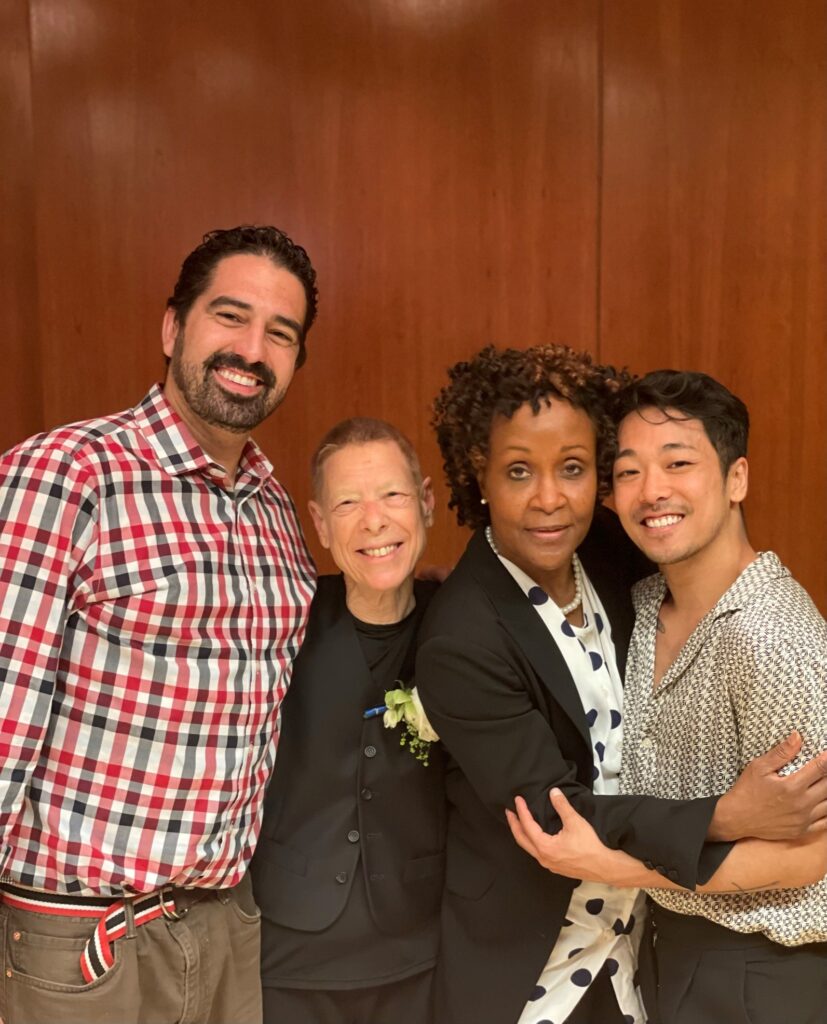
The two have worked together to ensure Dowd’s legacy at Juilliard and beyond its doors. During her first year on the job, Graf Mack began a fellowship program in dance anatomy, directed by Dowd. “I want to give another young person a chance just like I had so many chances,” says Dowd, who worked with teaching artists Renee Robinson, Bret Yamanaka, and Gregory Youdan, Jr. through the yearlong fellowship program.
Youdan had the privilege of being Dowd’s final fellow during the 2022–23 academic year. “She is a true force in this field,” he says. “It’s been an honor being her teaching fellow. Irene is incredibly generous with her knowledge.”
Youdan recalls first being introduced to Dowd through her classic book, Taking Root to Fly. Now in its 12th printing of the third edition, it speaks to dancers as much today as it did when it was first published in 1981. The interplay of imagery and information offers a unique approach to understanding the dancer’s body. A PDF of the book, alongside new illustrations and videos of her choreographies performed by recent Juilliard students, will soon enter the Juilliard Archives.
Those materials will eventually make their way onto Dowd’s website, a digital archive she created in 2016 currently featuring 13 of her choreographies, including her most iconic sequence, “Spirals.” Each is performed by Juilliard students with a special introduction by Dowd.
Dowd’s many honors include the American Dance Festival’s 2014 Balasaraswati/Joy Anne Dewey Beinecke Endowed Chair for Distinguished Teaching, the 2015 Juilliard School John Erskine Faculty Prize, the 2016 Dance Science and Somatics Educators Lifetime Service Award, and a 2018 Honorary Fellowship from Trinity Laban Conservatoire of Music and Dance.
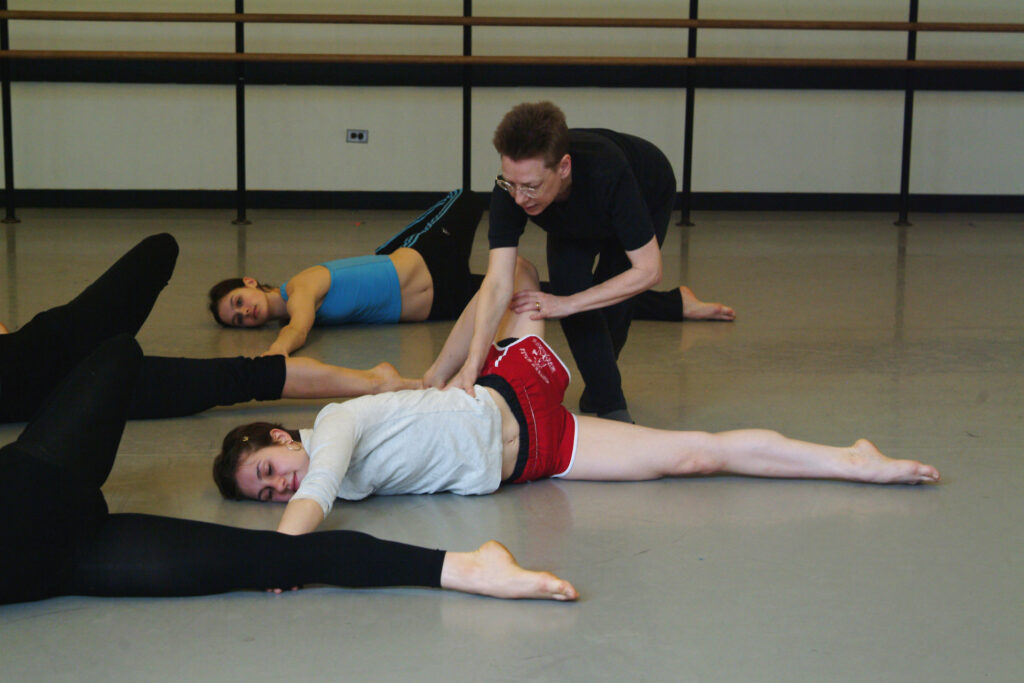
Though now retired from Juilliard, Dowd will continue to teach at New York City’s Movement Research and at the Hollins University MFA in Dance program. She says that her work is far from over, adding, “I continue to create new choreographies all the time.” She remains a resource to all of her protégés from over the years, and is determined to make the anatomy teaching world a more diverse place.
Dowd sees teaching anatomy to dancers as a dynamic process. Adapting to the dancers in the room and their bodies, intentions, and goals is vital. “My students teach me all the time,” says Dowd. “Dancers learn by doing. Communication has to be in both directions.”
Profiles on the other four award winners are available here.

